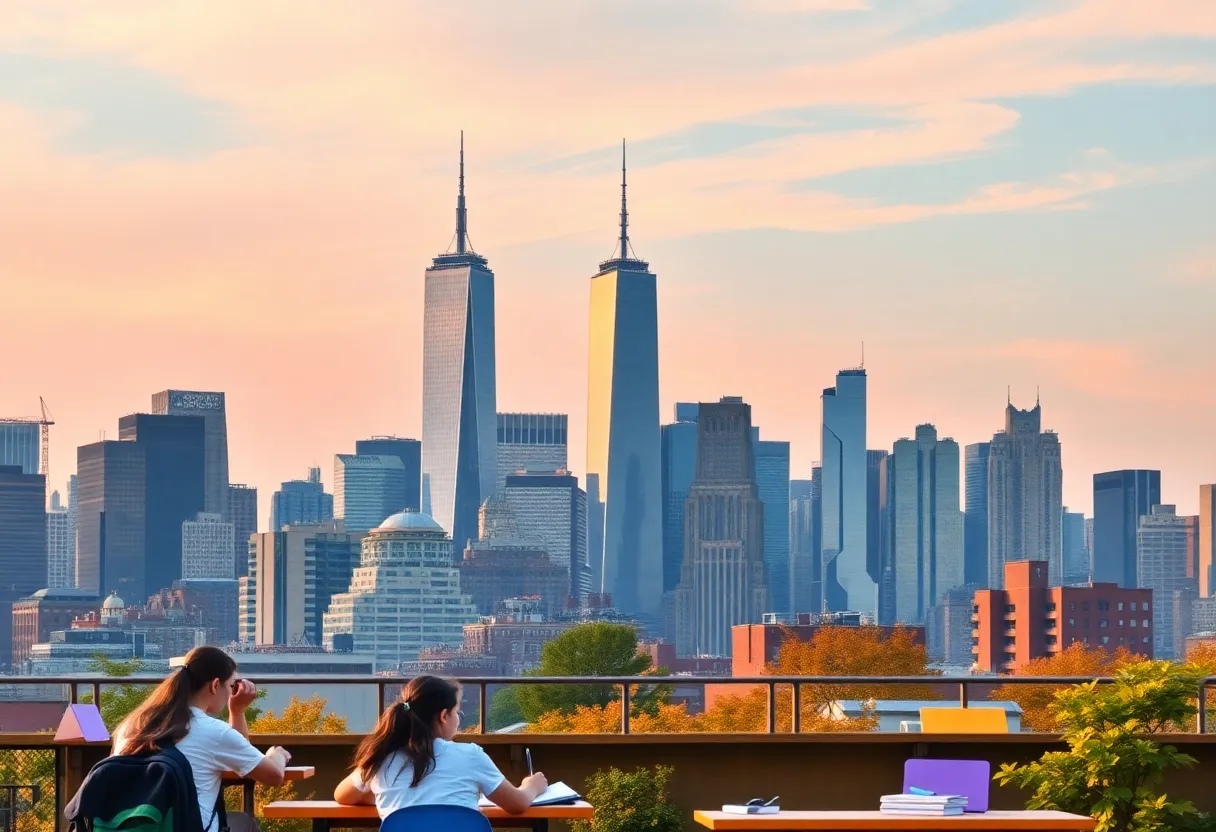Exploring the Evolution of New York City’s Specialized High Schools
Early Developments and Establishment
New York City’s specialized high schools boast a history spanning more than a century. The first of these, Stuyvesant High School, was founded in 1904. Originally conceived as a manual training school exclusively for boys, it marked the city’s initial venture into specialized secondary education. The school aimed to equip students with technical skills, aligning with emerging industrial and technological demands of the early 20th century.
By 1934, Stuyvesant adopted an innovative approach: it introduced an entrance examination, crafted in partnership with Columbia University. This standardized test laid the groundwork for an admissions process based solely on academic merit, shifting the school’s focus toward selectivity. The success of this model inspired the creation of other institutions in subsequent decades.
Within a few years, the city expanded this concept by establishing the Bronx High School of Science and Brooklyn Technical High School. These schools became the cornerstone of New York City’s specialized system, each emphasizing rigorous academics and technical training. Together, they formed the core of the city’s initial “specialized high schools,” serving as models for excellence and innovation in secondary education.
Legislative Milestones and the Hecht-Calandra Act
The unique status of these institutions faced ongoing scrutiny and legal challenges. By the 1960s and early 1970s, debates intensified over issues of equity, diversity, and access. In response, the Hecht-Calandra Act was enacted in 1972. This legislation officially designated Stuyvesant, Bronx Science, and Brooklyn Tech as specialized science and math high schools. It mandated a uniform admissions process through the Sensicized High Schools Admissions Test (SHSAT), a standardized exam designed to evaluate students on English Language Arts and Mathematics.
The act also aimed to preserve the academic rigor and selective nature these schools had cultivated. During this period, arts-focused schools like the School of Performing Arts and High School of Music & Art gained differentiated pathways. In 1984, these two institutions merged into Fiorello H. LaGuardia High School. Instead of the standardized exam, LaGuardia admits students through auditions, portfolios, and artistic evaluations, aligning its admissions with its cultural mission.
Expansion and Diversification
As New York City grew, its specialized high schools diversified further in the early 21st century. In 2002, the city introduced additional institutions to broaden access and focus on specific fields:
- The High School of American Studies at Lehman College: Concentrates on liberal arts and social sciences, leveraging partnerships with higher education institutions.
- The High School for Math, Science and Engineering at City College: Emphasizes STEM disciplines, preparing students for careers in technology and engineering.
- Queens High School for the Sciences at York College: Located in Queens, targeting students interested in science, technology, engineering, and mathematics.
These schools reflected a strategic effort to provide diverse, highly specialized curricula while maintaining the core values of academic excellence. The expansion aimed to serve a broader geographic and demographic spectrum, contributing to the comprehensive educational landscape of the city.
Admission Processes and the SHSAT
The Sensicized High Schools Admissions Test (SHSAT) remains central to the selection process for most specialized high schools. The exam tests students’ abilities in English and Math, delivered annually to eighth and ninth-grade students. Performance on the SHSAT determines eligibility for admission, with scores typically capped by annual seat capacity.
For example, in 2024, approximately 25,678 students registered to take the test. Out of these, around 4,072 achieved scores high enough to secure a seat at one of the eligible schools. The process is highly competitive, often favoring students from schools with supportive academic environments and access to test preparation resources.
Fiorello H. LaGuardia High School presents an exception. Instead of the SHSAT, entry is based on talents demonstrated through auditions, art portfolios, and academic performance. The school’s focus on artistic excellence requires a nuanced, multifaceted admissions process that emphasizes creative aptitude alongside academic credentials.
Controversies and Calls for Reform
The reliance on the SHSAT as the primary admission criterion has persisted as a contentious issue. Critics argue that it reinforces racial and socioeconomic disparities. Data indicates that students with resources for test preparation are more likely to perform well, leading to underrepresentation of minority and economically disadvantaged students at these schools.
Historically, these disparities have contributed to broader conversations about equity. The 1964 citywide school boycott, which involved approximately 460,000 students protesting segregation, underscored systemic inequalities within urban education. That activism laid foundational awareness for ongoing debates about access and fairness in specialized education.
In recent years, proposals emerged to reform the admissions system. Ideas include eliminating the SHSAT entirely, replacing it with a blind lottery, or using additional criteria such as GPA, extracurriculars, or holistic assessments. Such reforms aim to balance excellence with broader access, ensuring talented students from diverse backgrounds can benefit from these prestigious institutions.
Current Status and Future Directions
As of 2025, New York City’s specialized high schools remain integral to its educational framework. They continue to serve as pathways for academically and artistically talented students, often launching successful careers in STEM, arts, and other fields. Their reputation for rigorous academics sustains demand and prestige.
The ongoing policy dialogues reflect a recognition that these schools must adapt to evolving societal values. Balancing academic excellence with equity remains a central concern. Future directions may involve rethinking admissions models, integrating more inclusive practices, and expanding outreach. Such changes strive to maintain these institutions’ legacy of innovation while fostering a more equitable educational landscape.
Author: STAFF HERE NEW YORK WRITER
The NEW YORK STAFF WRITER represents the experienced team at HERENewYork.com, your go-to source for actionable local news and information in New York, the five boroughs, and beyond. Specializing in "news you can use," we cover essential topics like product reviews for personal and business needs, local business directories, politics, real estate trends, neighborhood insights, and state news affecting the area—with deep expertise drawn from years of dedicated reporting and strong community input, including local press releases and business updates. We deliver top reporting on high-value events such as New York Fashion Week, Macy's Thanksgiving Day Parade, and Tribeca Film Festival. Our coverage extends to key organizations like the Greater New York Chamber of Commerce and United Way of New York, plus leading businesses in finance and media that power the local economy such as JPMorgan Chase, Goldman Sachs, and Bloomberg. As part of the broader HERE network, including HEREBuffalo.com, we provide comprehensive, credible insights into New York's dynamic landscape.





